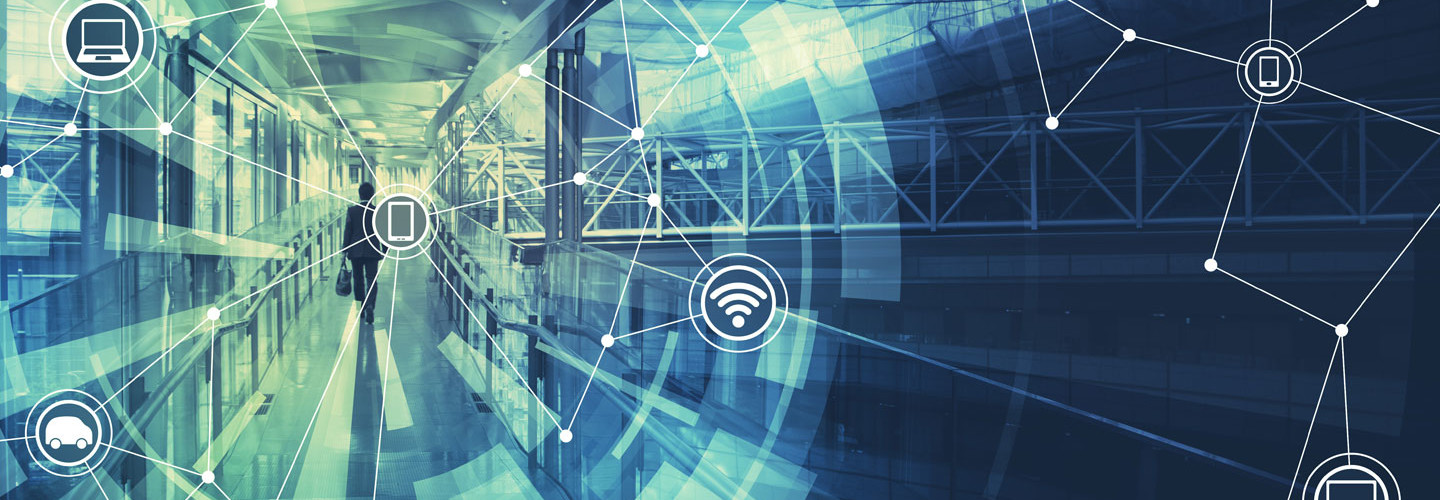Government Use of IoT Needs to Catch Up with the Technology
The Internet of Things promises more flexible and creative solutions for the federal government, but as recently as two years ago, few agencies had taken advantage. Many still face significant barriers to adoption.
In July 2016, the Center for Data Innovation interviewed experts in the public and private sectors involved in government IoT solutions, and discovered a handful of innovative and beneficial examples.
The General Services Administration is gathering energy and other operational data from hundreds of low-cost sensors in government-owned buildings as part of its Smart Buildings initiative, which it hopes will save $15 million per year in heating and cooling costs.
At the Agriculture Department, the National Agricultural Statistics Service collects data from farms using connected farm technologies, such as soil moisture sensors or networked combine harvesters, which send the data to USDA field enumerators with tablets. This method saved between $3 million and $5 million in shipping and printing costs, according to GCN.
Beyond cost reduction, some federal agencies have tapped IoT tools to improve the delivery of services. The U.S. Geological Survey’s earthquake early warning system, ShakeAlert, relies on hundreds of sensors spaced in the ground miles apart to report earthquake activity to a control center in real time. At the Defense Department, a wide variety of IoT-related systems do everything from detect submarines with sensor-laden buoys to provide data on brain injuries thanks to wearable technologies.
SIGN UP: Get more news from the FedTech newsletter in your inbox every two weeks!
Federal IoT Adoption Faces Many Hurdles
Before the federal government can see more of those innovations, however, it must address the numerous challenges limiting its ability to adopt the technology. First and foremost, the federal government lacks a comprehensive vision about how to take full advantage of IoT’s potential.
In 2015, the Brookings Institution reviewed federal agency strategic plans for fiscal years 2014-2018 and found that no agency even mentioned the Internet of Things. Without high-level strategic support, project managers who wish to use IoT tools may find that their IT departments simply cannot provide all of the back-end IT infrastructure needed to collect, store and analyze new streams of data, either because they’re unable or simply unwilling.
Second, most federal agencies lack the funding to adopt and deploy IoT properly, even if those solutions may offer a positive return on investment. (ShakeAlert, for example, is not fully funded.) The federal government spends a substantial amount of money on IoT, but much of that funding ends up exclusively benefiting defense programs.
Third, standard federal procurement practices — designed to purchase tested, proven technologies — make it difficult for agencies to buy new and promising IoT solutions and services. That also means agencies may miss out on the benefits as they wait for the technology to mature.
Finally, given concerns about security, privacy and data interoperability, the federal government often refuses to take on the risks associated with new technologies such as IoT. The DOD is rethinking how its service members use fitness devices, for example, after finding that service members’ movements could be tracked through a heat map created by the devices’ GPS.
How to Spur IoT Deployment at Agencies
Overcoming those challenges will not be easy. The federal government, however, can make key reforms that could spark broader government adoption of IoT.
- The federal CIO Council should establish an IoT taskforce to provide much-needed cross-government leadership and coordination to support adoption and deployment of this technology
- Each federal agency should develop an IoT action plan to identify how it will use IoT solutions to cut costs and improve services.
- All agencies should employ a chief data officer to ensure that they establish the necessary technical infrastructure to make effective use of data generated by IoT technology.
- GSA should establish an IoT Corps — a team of government employees who can be assigned to work on high-impact IoT projects for the government.
The private sector sees the Internet of Things as an opportunity to fundamentally transform operations and improve efficiency and effectiveness, but most federal agencies see IoT as just another new technology. The sooner government changes that thinking, the sooner agencies can begin to reap the benefits.








